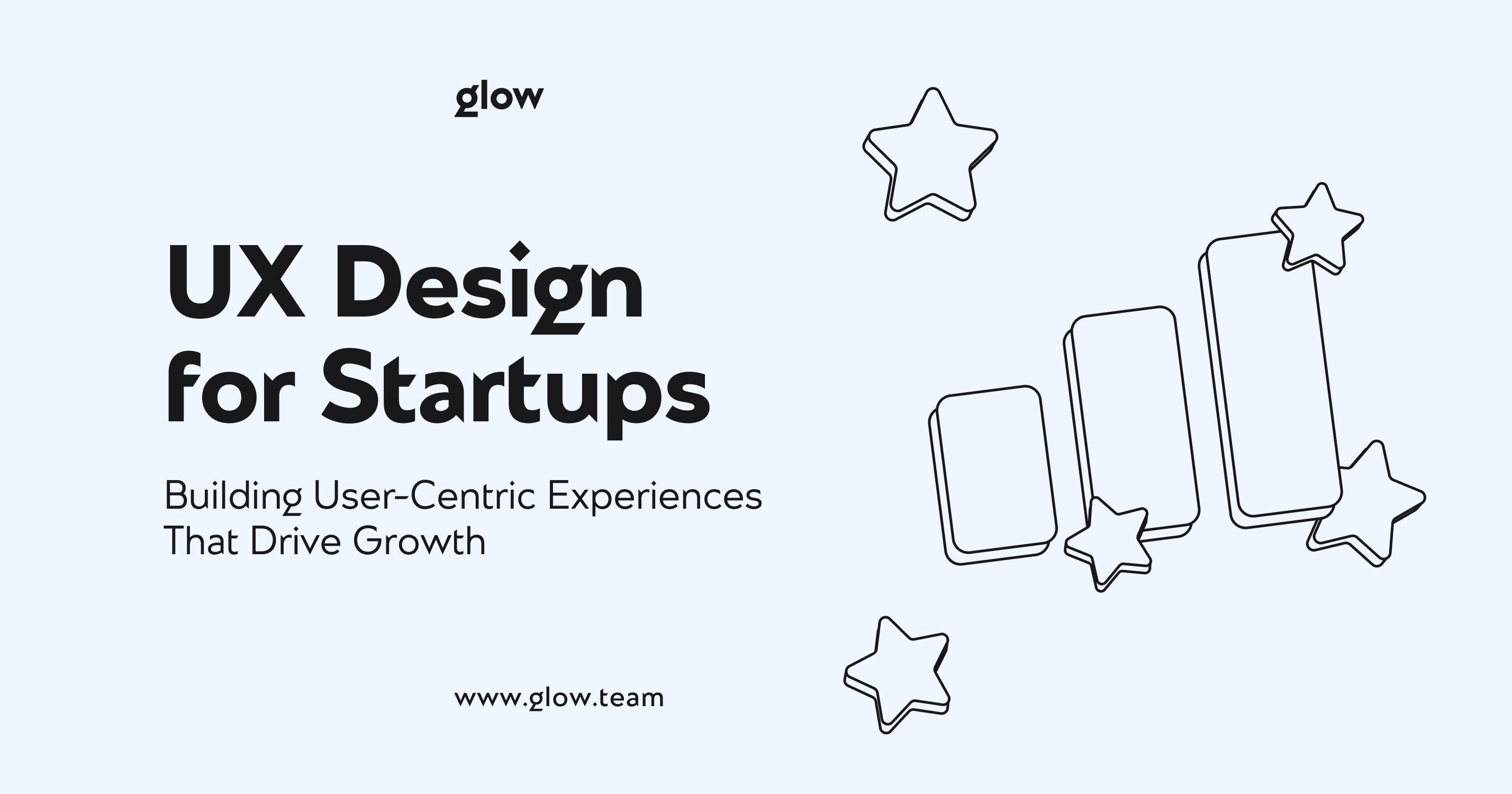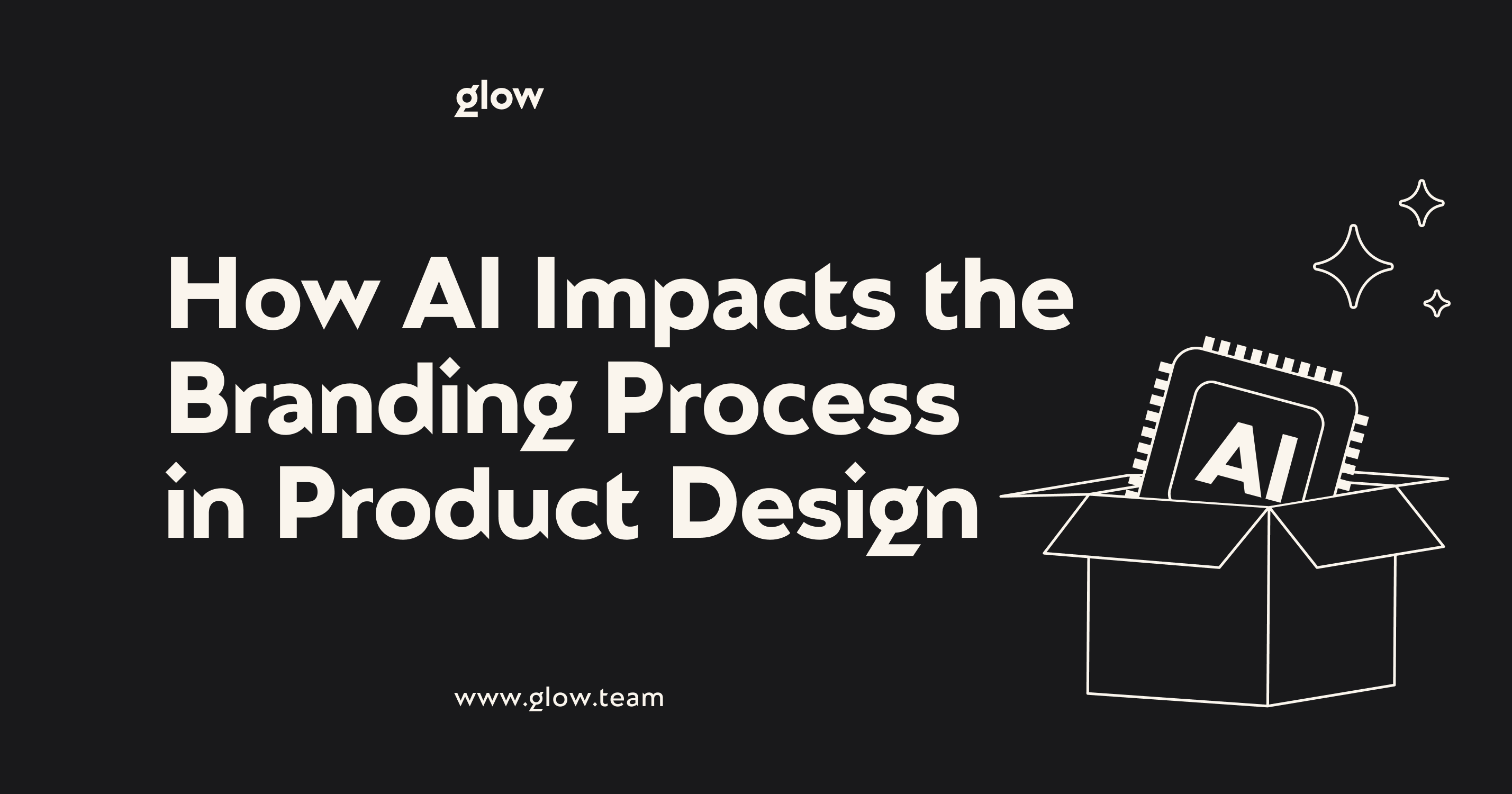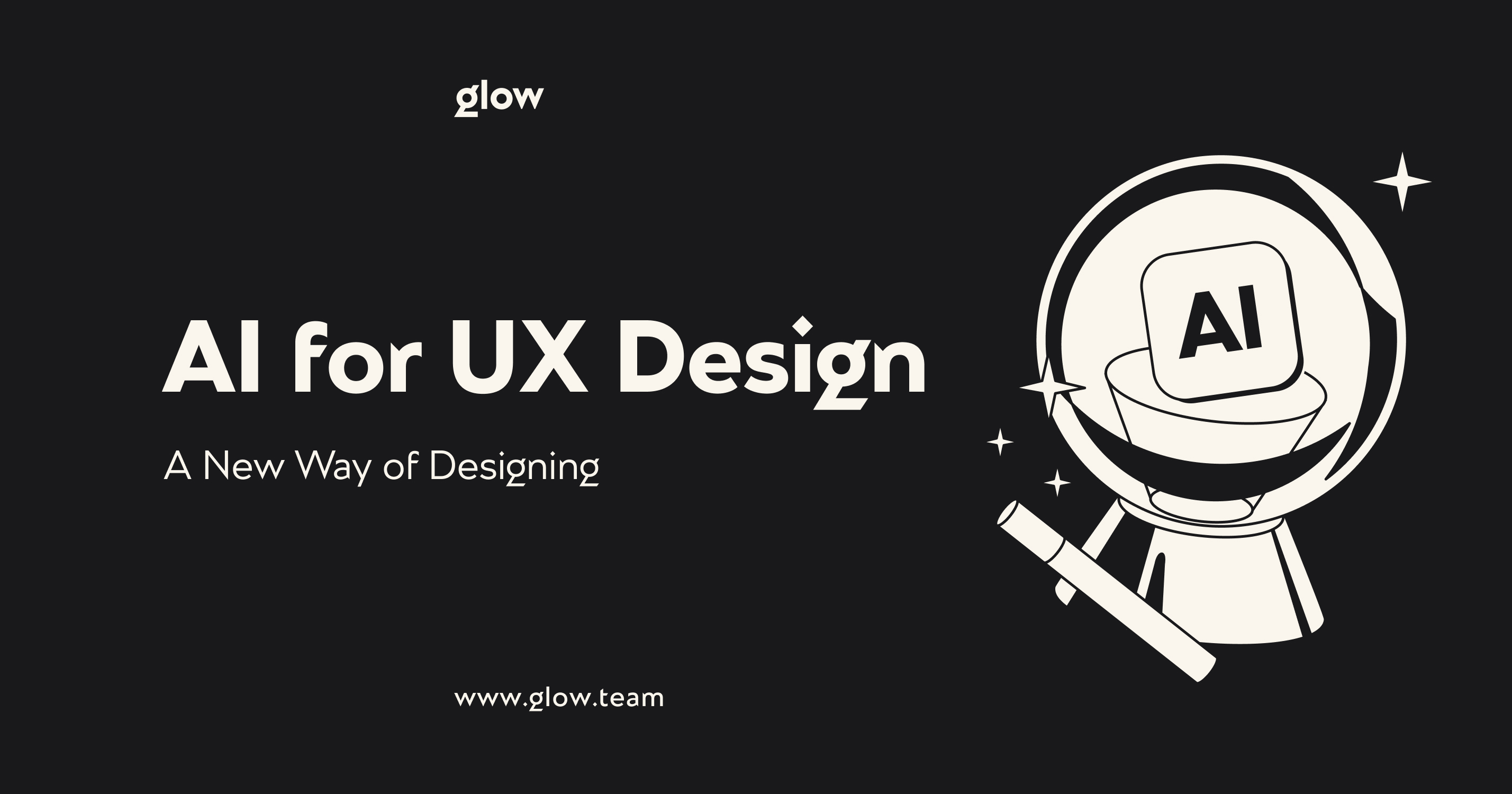In today's competitive digital landscape, UX for startups has become crucial in determining success or failure. When building a new company, every interaction with your product can make or break user relationships. Many startups focus heavily on features and functionality, sometimes overlooking how users experience their products.
Creating exceptional user experiences isn't just about making things look pretty. Design for startups is about solving real problems and making life easier for your customers. Think of companies like Airbnb or Uber – their success stems largely from making complex processes feel simple and intuitive.
That's where companies like Glow come in with the expertise in crafting exceptional user experiences. Startup design specialists at our company create intuitive interfaces for both emerging startups and established businesses. Our team transforms complex challenges into simple, user-friendly solutions that help businesses thrive.
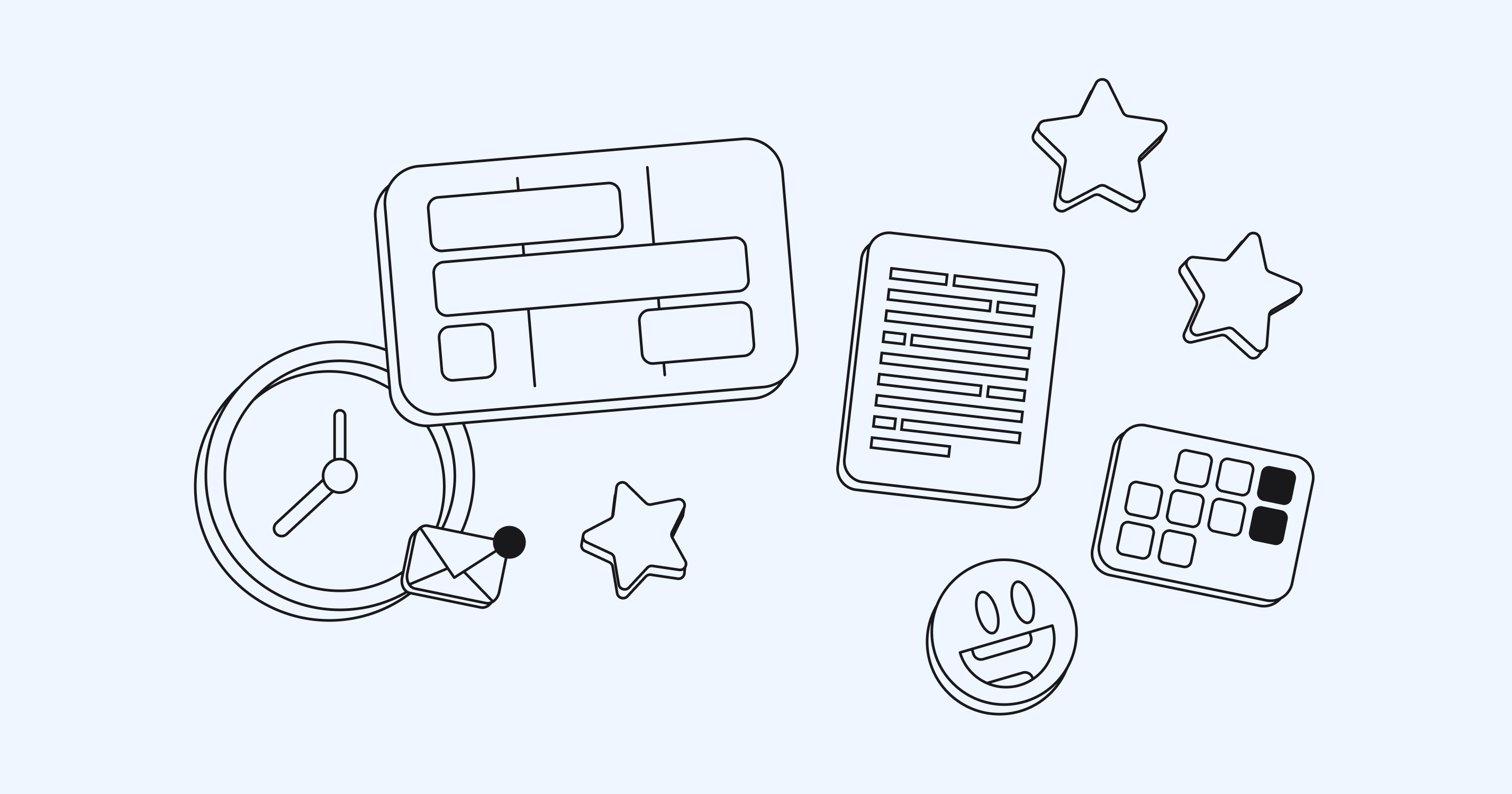
Why UX Design Matters for Startups
The landscape for new businesses has never been more competitive. Today's users have countless options, and their expectations for digital experiences are higher than ever. Startup design isn't just about aesthetics – it's about creating experiences that keep users returning for more.
Users who encounter a well-designed product are more likely to become loyal customers. Poor design, on the other hand, can lead to frustration and abandonment. Studies show that 88% of users are less likely to return to a website after a bad experience. It makes product design startups essential for building trust and credibility.
The Business Impact of UX Design
Good design directly affects your bottom line. Companies that invest in UX design see significant returns:
- Reduced customer support costs
- Higher conversion rates
- Increased customer loyalty
- Better word-of-mouth marketing
Startup UX design can be the difference between a product users love and one they abandon. Users who enjoy using your product become your best marketers, sharing their positive experiences with others.
Why Startups Have an Edge in UX
Unlike large corporations, startups can move quickly and adapt their designs based on user feedback. This agility gives them a unique advantage in creating user-centric experiences. Design for startups often evolves rapidly as teams learn what works and what doesn't.
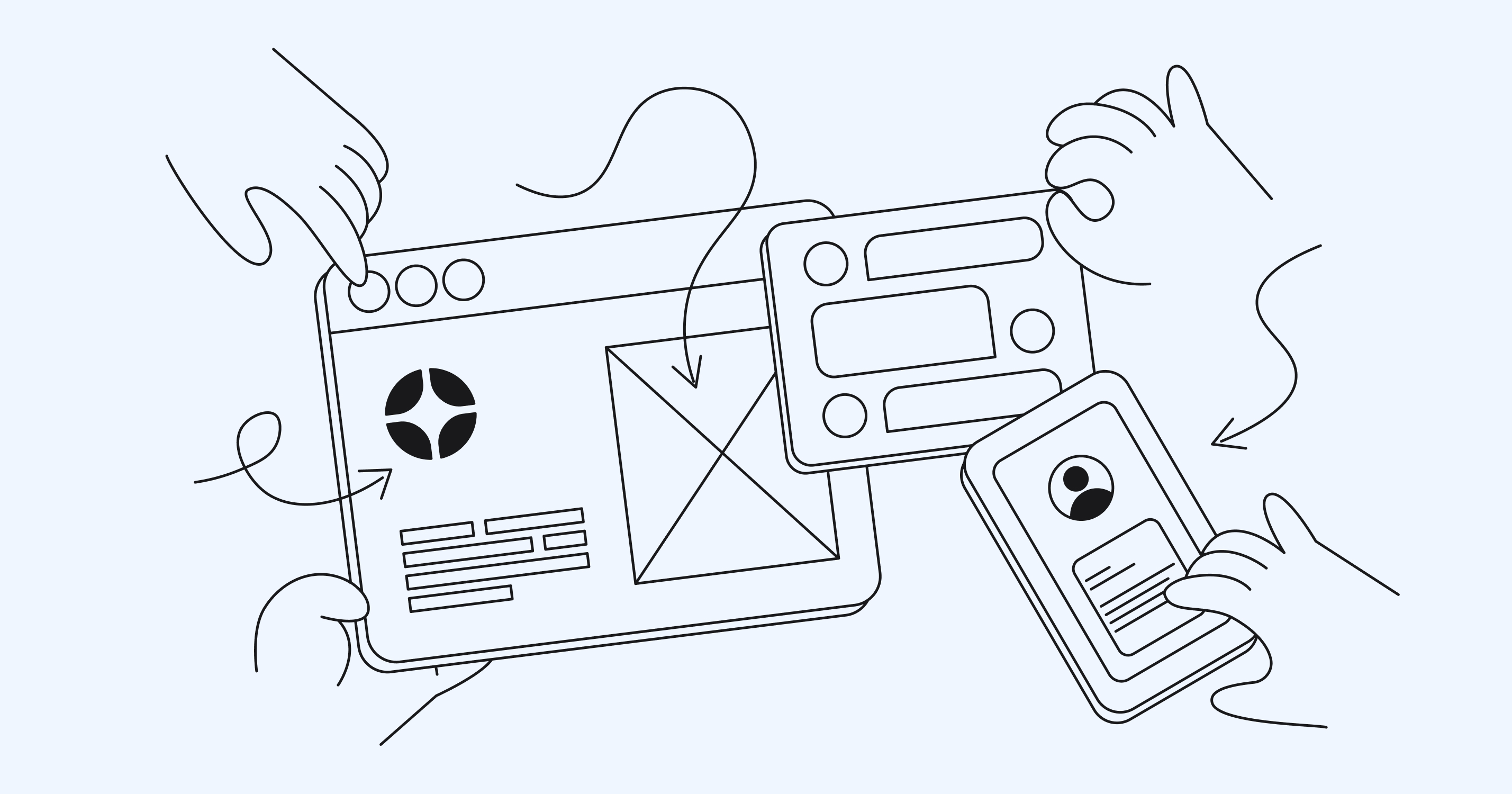
Essential UX Design Principles for New Ventures
Creating effective user experiences starts with understanding core principles. UX for startups should focus on these key areas:
- Simplicity First
Keep interfaces clean and straightforward. Users shouldn't need a manual to figure out your product. The best startup design solutions often involve reducing complexity rather than adding features.
- User-Centered Thinking
Every design decision should start with user needs. Product design startups that succeed put their users' needs at the forefront of every decision. It means conducting regular user research and testing.
- Consistent Experience
Maintain consistency across all touchpoints. Whether users interact with your product on mobile, desktop, or tablet, the experience should feel familiar and intuitive.
Building a Strong UX Foundation
The key to successful startup UX design lies in creating a solid foundation. Start with thorough user research to understand your target audience's needs, pain points, and expectations. This research will guide all your future design decisions.
User Research on a Budget
You don't need a massive budget to conduct valuable user research. Here are some cost-effective methods:
- Guerrilla testing with potential users
- Online surveys
- Social media feedback
- Analytics data analysis
Remember that design for startups is an iterative process. Start small, test often, and improve based on real user feedback.

Making Design Decisions That Scale
Successful scaling requires thoughtful planning from the beginning when implementing UX for startups. Design systems should grow naturally with your company's expansion. Creating flexible components allows teams to reuse elements across different features and platforms efficiently.
Smart product design startups focus on building modular systems that adapt to changing needs. This approach saves time and maintains consistency as your product evolves. Think of your design system as a living framework that can expand without breaking existing functionality.
A scalable design makes adding new features smoother and helps maintain visual consistency across your product. Start with core components that solve current needs but can evolve for future requirements. This foundation will support your growth while keeping the user experience cohesive.
The Minimum Viable Experience
While MVP (Minimum Viable Product) is a familiar concept, consider focusing on MVE (Minimum Viable Experience). Product design startups should ensure their basic features provide a smooth, enjoyable user experience.
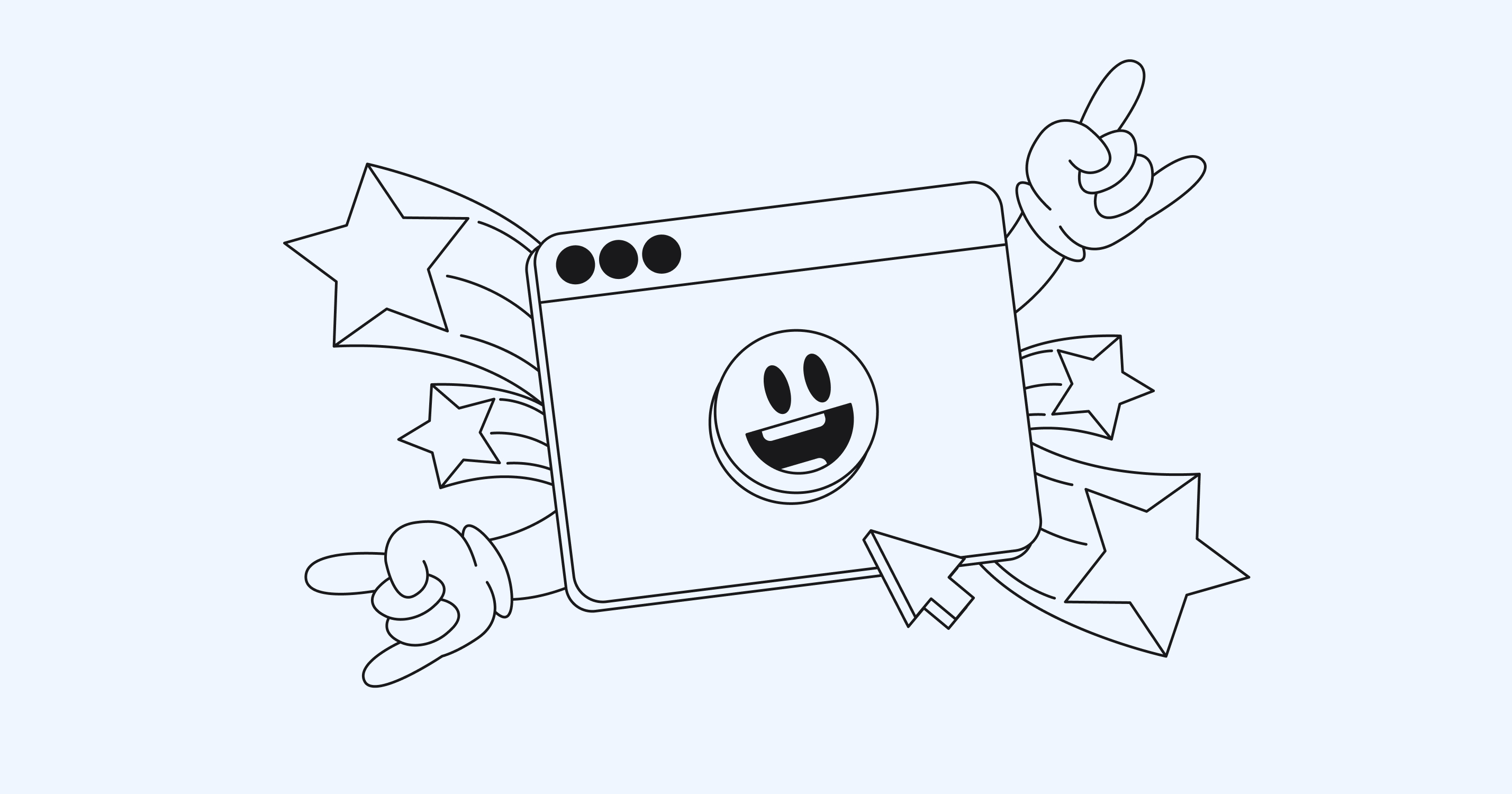
Tools and Resources
Modern startup design benefits from numerous affordable tools that make the design process more efficient and collaborative. Today's market offers solutions for every stage of product development.
- Figma: Figma leads the pack as an essential tool for design collaboration and prototyping. Teams can work simultaneously on designs, share feedback, and maintain a consistent design system. Its browser-based platform makes it accessible to everyone on the team.
- UserTesting: For gathering user insights, UserTesting provides valuable feedback from real people using your product. This platform helps identify usability issues before they affect your actual customers. UX for startups becomes more data-driven with tools like Hotjar, which shows how users interact with your interface.
- Maze: Maze revolutionizes prototype testing by making it quick and affordable. Teams can collect quantitative data about user behavior and pain points. These insights help make informed design decisions.
Each tool serves a specific purpose in your design workflow. Together, they create a powerful ecosystem for building and testing user-friendly products. Choose tools that match your team's needs and budget constraints.

Measuring Success
Track key metrics to evaluate your startup UX design efforts effectively. The right measurements help teams understand their product's performance and user satisfaction. Here are the essential metrics every startup should monitor:
- User engagement rates: Track how often users return to your product and how long they stay active. Higher engagement usually indicates a more successful design solution.
- Task completion times: Measure how quickly users can accomplish their goals within your product. Shorter completion times suggest an intuitive interface design.
- Error rates: Monitor where and how often users make mistakes. Design for startups should focus on reducing common errors through better interface solutions.
- Customer satisfaction scores: Collect feedback through surveys and ratings to understand user sentiment. Happy users often become loyal customers and brand advocates.
- Conversion rates: Watch how many visitors complete desired actions like signups or purchases. Strong conversion rates indicate effective user journey design.
Review these metrics regularly and adjust your design strategy based on the data. Success in UX comes from continuous improvement and attention to user behavior patterns.
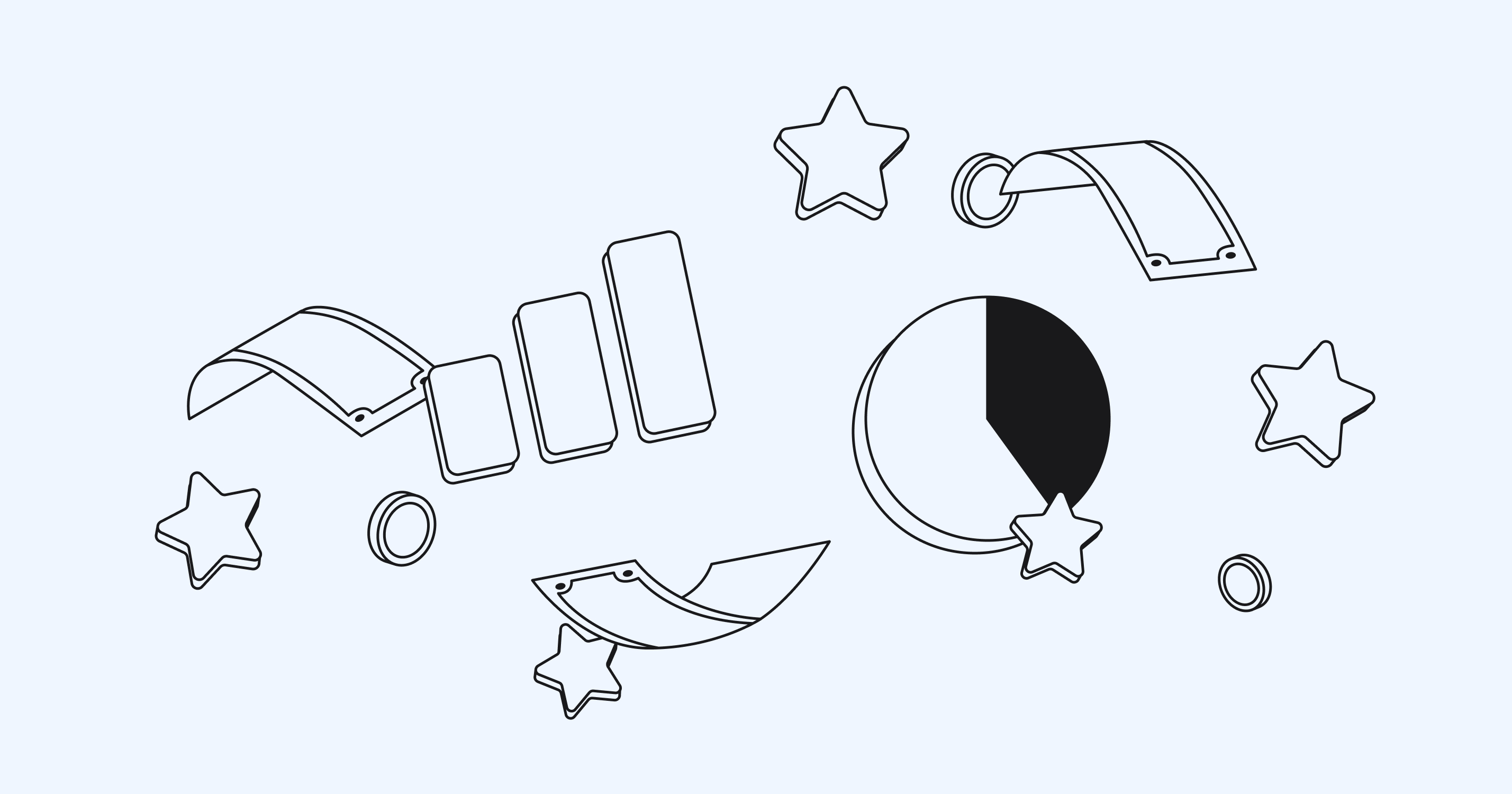
Common Pitfalls to Avoid
Many startups make similar mistakes with their UX for startup implementation. Understanding these common errors helps teams avoid costly mistakes in design. Here are the key pitfalls to watch out for:
- Overcomplicating the interface: Adding too many features creates confusion and frustrates users. Keep your design simple and focused on core functionality.
- Skipping user research: Some startups rush into development without understanding their users' needs. Product design startups must invest time in research before building.
- Copying competitors without understanding why: Blindly copying features from successful competitors often leads to poor user experience. Each product needs its unique approach.
- Neglecting mobile users: Mobile traffic continues to grow, yet some startups treat mobile design as an afterthought. Design for mobile-first whenever possible.
These mistakes can slow growth and harm user satisfaction. Regular testing and user feedback help identify potential issues early. Focus on solving real user problems rather than adding unnecessary complexity.
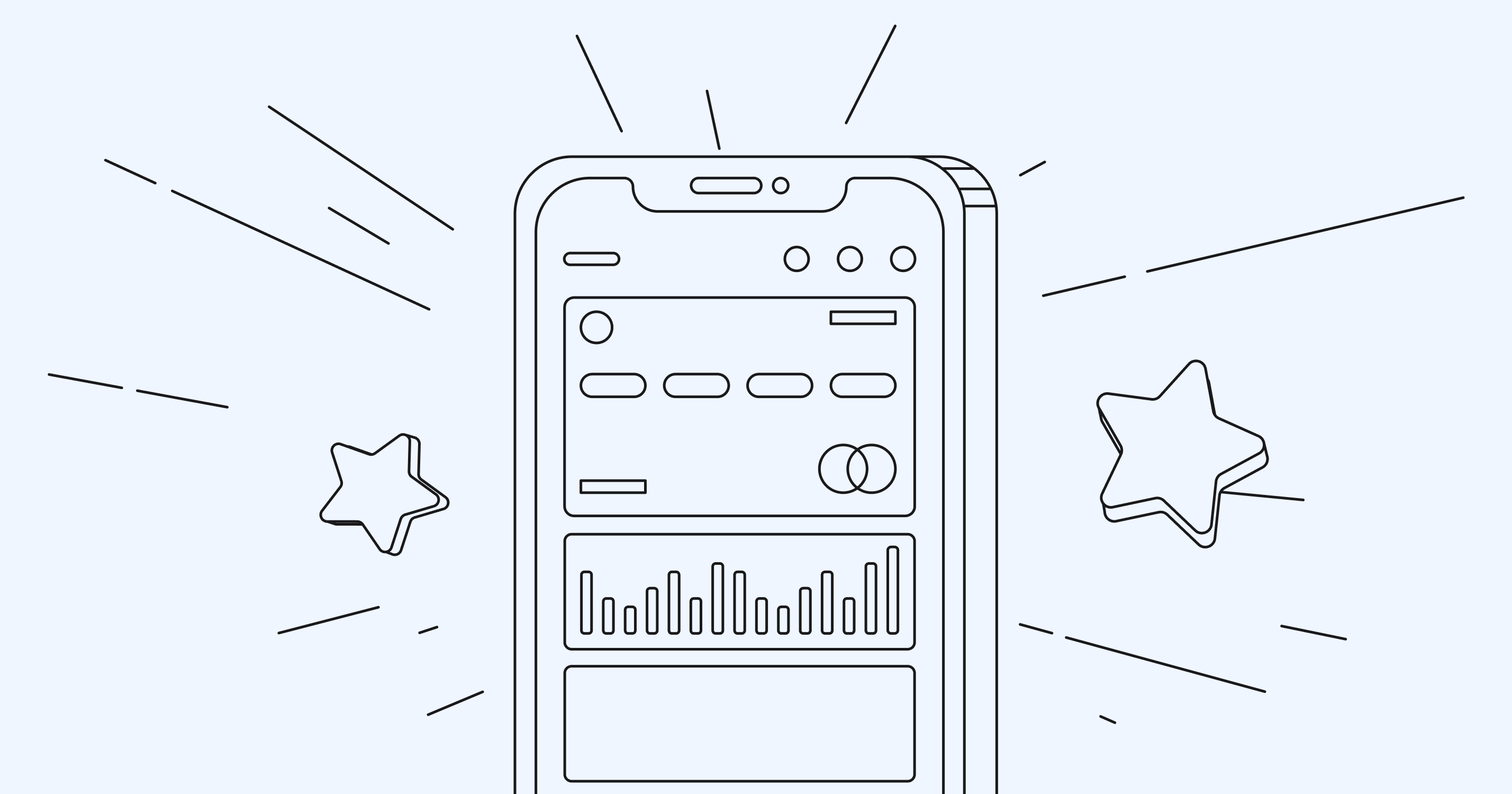
Looking Ahead
The future of UX for startups will evolve with new technologies and user expectations. Smart companies prepare for these changes proactively. Here are key strategies to stay competitive:
- Embracing new design tools and methodologies: Modern startup design requires familiarity with emerging technologies like AI-powered design tools. Explore new software that can streamline your workflow.
- Keeping up with UX trends: Follow industry leaders and attend design conferences to learn about emerging patterns. Understanding trends helps create relevant experiences.
- Continuously gathering user feedback: Set up regular feedback sessions with your users to understand their changing needs. Build systems for collecting and analyzing user insights.
- Adapting to changing user needs: Stay flexible and ready to adjust your design approach as user preferences evolve. Monitor how users interact with new features.
Remember that a successful design strategy balances innovation with proven solutions. Focus on creating value while experimenting with new approaches. Your design system should evolve alongside your growing business.

Conclusion
Remember that great design for startups is more than just making things look good. It's about creating experiences that solve real problems and improve users' lives. By focusing on user needs, testing regularly, and staying agile, your startup can build products that users love and recommend to others.
The most successful startups understand that product design startups must balance business goals with user needs. When you get this balance right, you create products that look good and drive growth and user satisfaction.
Keep learning, testing, and improving. Your commitment to excellent UX design could be the factor that sets your startup apart in today's competitive marketplace.

